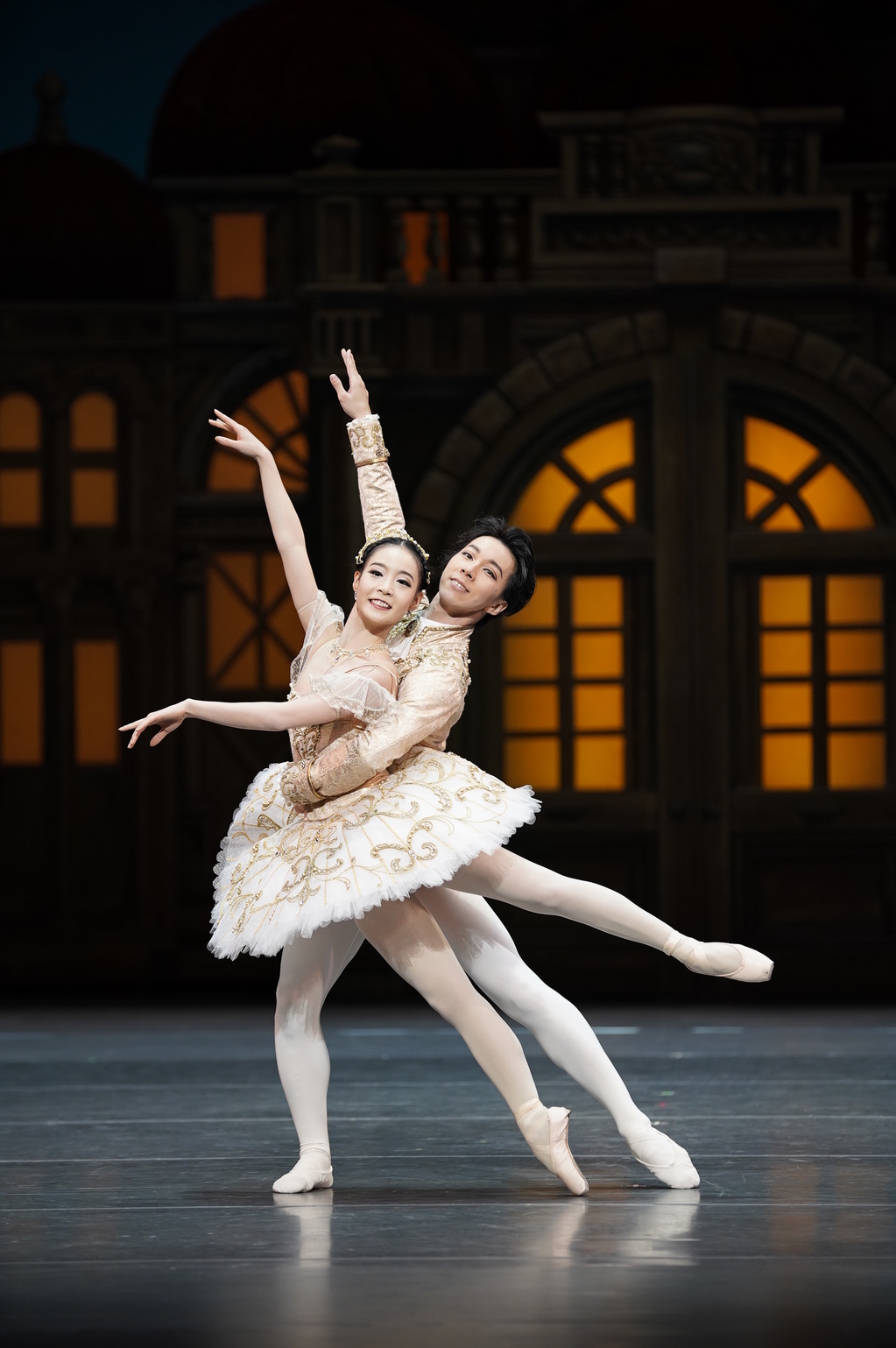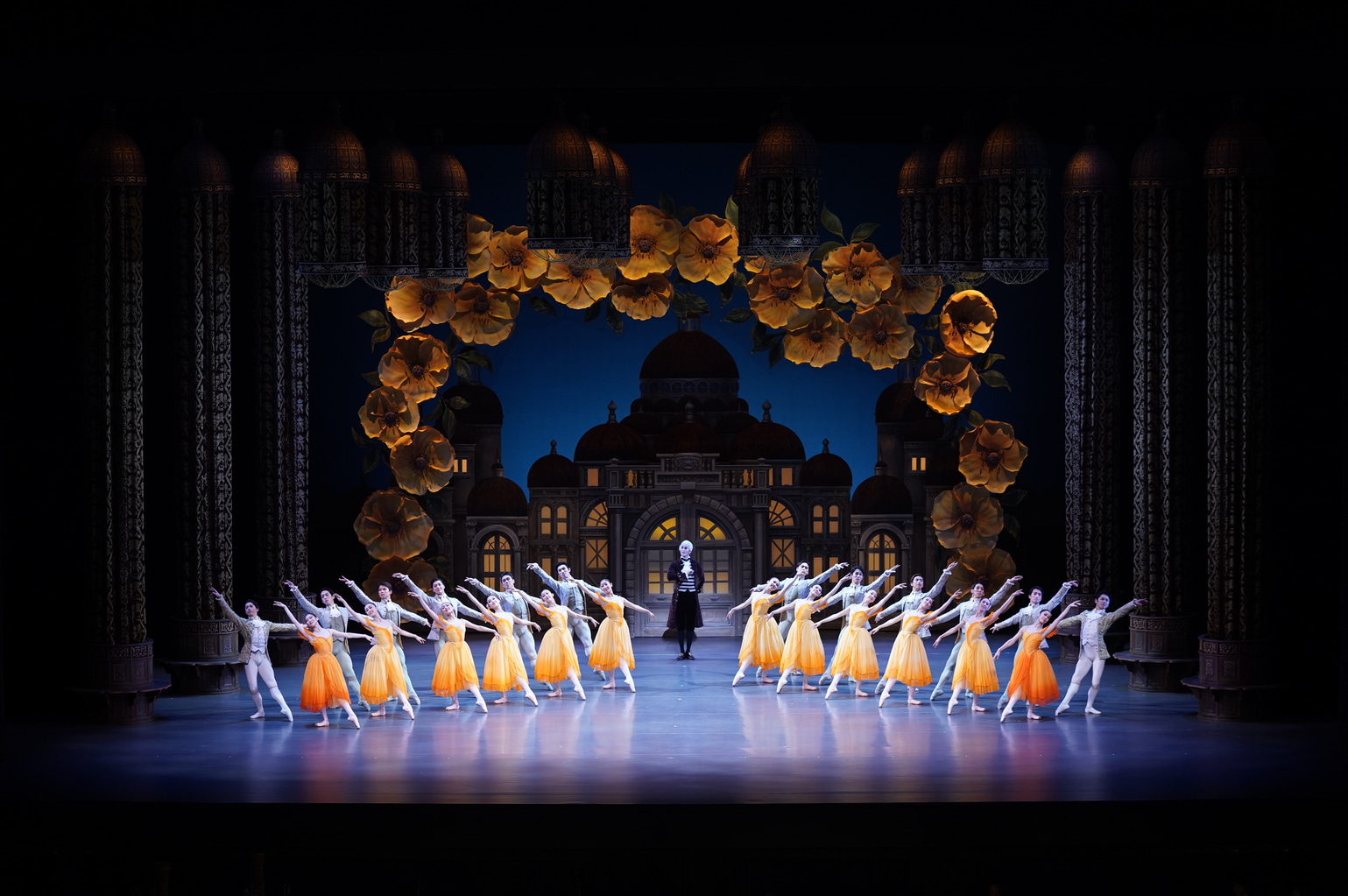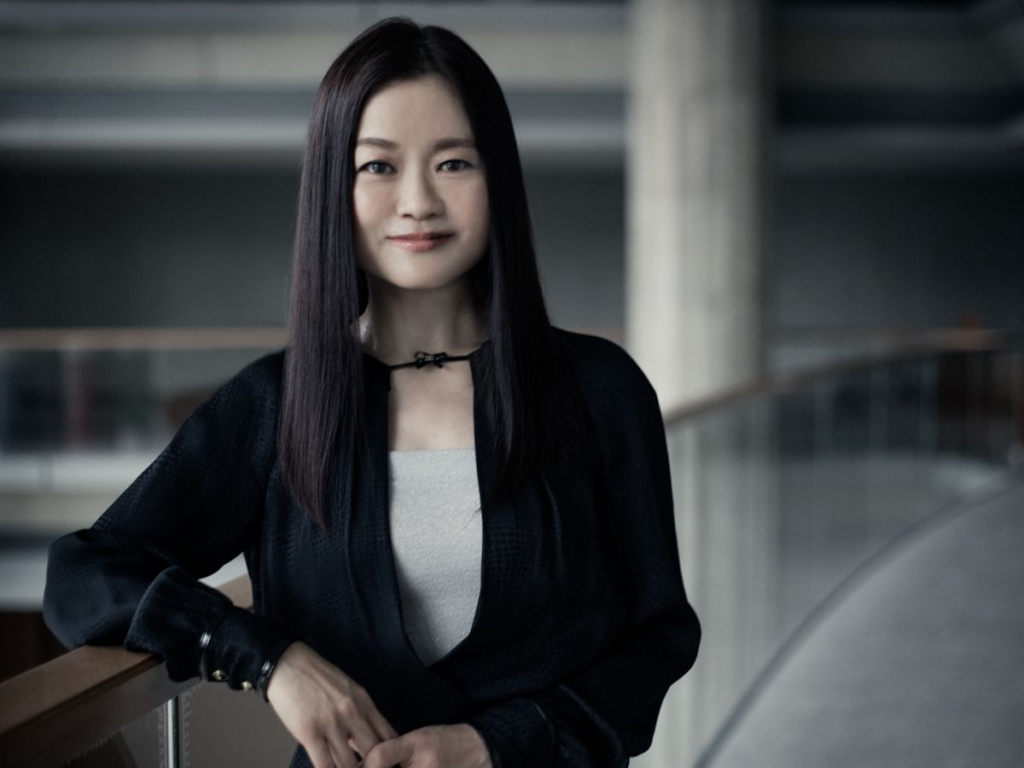2020 was the absent year. The year that dreams were cut adrift and individuals, families, communities and companies decimated. Nobody could have foreseen, in late 2019, that the world would have shifted so much to the perimeters of understanding, that our lives would have been permanently stained like an unwanted tattoo.
American poet W.S. Merwin, in his astounding piece “Separation,” writes:
Your absence has gone through me
Like a thread through a needle
Everything I do is stitched with its color
And, as sorrowful as it may seem, our lives, the survivors, will forever be stitched with the darkened hues of last year and perhaps even this year.
There aren’t many success stories from this. Cafés, bars, local Tokyo haunts and favorite hangouts have closed permanently and our twisted and tainted memories of last year remain like a stinging and pungent scent.

Nutcracker and the Mouse King, photo by Seto Hidemi
For performing arts, the last year has been similarly grim. Most live events have been canceled with music, theater and comedy being hit particularly hard. The Japanese government’s quite spectacular mishandling of the pandemic with rules which are not rules and emergencies which are but, simultaneously aren’t, have confused and divided many.
Amongst mixed messages from the government, some performances, in 2020, were allowed to be performed under strict hygiene regulations and restrictions. Some companies, such as the National Ballet of Japan, managed to stumble through and survive. Compared with similar European companies such as the English National Ballet, which canceled its autumn 2020 program, which was replaced with a video-on-demand service, the National Ballet of Japan should count itself lucky.
Former principal dancer at The Royal Ballet and Birmingham Royal Ballet, Miyako Yoshida OBE, was due to take over from predecessor Noriko Ohara as artistic director in September of last year but due to the global lockdown Ohara was stuck in Glasgow, Scotland where she is based. So Yoshida was tasked with beginning her leadership in March with the unenviable aim of redirecting and maintaining the company (under lockdown restrictions), which, although it only has a 24-year history, is seen as the shining light and leader of Japanese ballet.

Photo by Jörgen Axelvall
TW sat down with Yoshida, at the New National Theatre, Tokyo (NNTT) where the National Ballet of Japan is situated, to discuss her first season as artistic director of ballet and dance, the challenges she and her company has faced and the indomitable optimism which she has injected into the company. Yoshida, who is slight, athletic and has a charming southern English cadence to her voice, is seen as something of a global ballet superstar and is known for her international experience and outlook, which will undoubtedly have a lasting impact on the dancers and staff at the NNTT.
“I think that April and May of 2020 was the hardest time for the company, for the dancers especially, that we couldn’t even do classes because everyone had to stay at home, and take classes at home,” says Yoshida. “Also, there was so much additional work that dancers had to do like reporting their temperature every morning, wiping the bar after every class and cleaning up the floor at the end of day. Dancers had to do that! Every day! That never happened abroad. Only in Japan. And then regular PCR tests as well. So things like that add up. The hardest thing of all is that the show is canceled after long and hard-working rehearsals.”
The company miraculously managed to put on several performances, at NNTT, throughout 2020 and early 2021, including “The Sleeping Beauty,” “The Nutcracker and the Mouse King” and the outstanding “Afternoon of Fauns and Nymphs,” a selection of classical ballet and contemporary vignettes which somehow managed to mirror the despair we felt and at the same time give us the energy and positivity to continue.
Some of the scheduled season was canceled, however, and the company had to adjust in order to survive and to ensure the dancers received paid work and kept their levels of fitness and artistic drive. Roland Petit’s “Coppélia,” scheduled for spring 2021, was moved to a series of shows that were streamed live on YouTube and Facebook, managing to amass a combined viewing figure of 167,000 over four performances.
“It really helped us and the dancers,” says Yoshida. “I never imagined that we would get that number [167,000]. I’d like to find a way to have more chances to do free livestreaming in the future.”

Nutcracker and the Mouse King, photo by Seto Hidemi
It appears that one of Yoshida’s aims is to perhaps make ballet more accessible and more democratic. Japan, as a nation, has a great deal of interest in ballet shown by the myriad ballet schools and professional and amateur companies, which are dotted throughout the country. It’s her vision to tap into and harness this interest and passion for the future.
Yoshida embodies the Japanese characteristic of nintai (perseverance) and the National Ballet of Japan, under her stewardship, is looking ahead to the new 2021-22 season which has been finely curated by Yoshida. Sir Peter Wright’s “Swan Lake,” Sir Frederick Ashton’s “Cinderella” and Christopher Wheeldon’s “Alice’s Adventures in Wonderland” are all scheduled to be performed to sellout crowds at the NNTT.
Yoshida remains upbeat and welcomes the challenges ahead with her signature elegance and composure. “Like canceling the shows and financial difficulties, my challenge seems further away now. It seems more difficult. But because of this difficult time, more people support us. And they are more interested in what we’re doing. Shown by the livestreaming of “Coppélia,” people are interested in our shows. Everybody at the theatre has been working together and working so hard fighting coronavirus. So, our spirits are not down. We feel like we will never give up.”
Learn more via the official website of the National Ballet of Japan.
Feature image by Jörgen Axelvall









